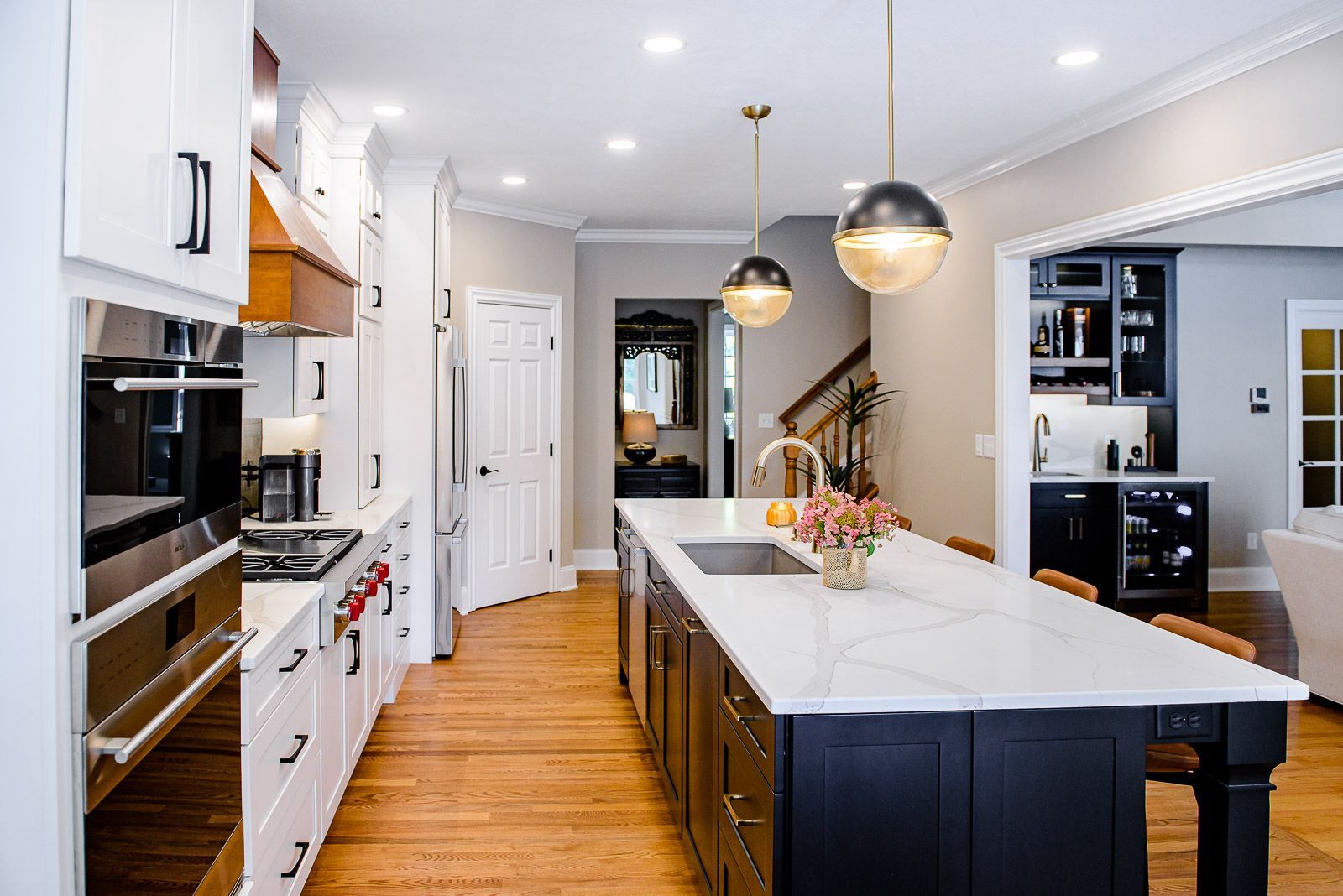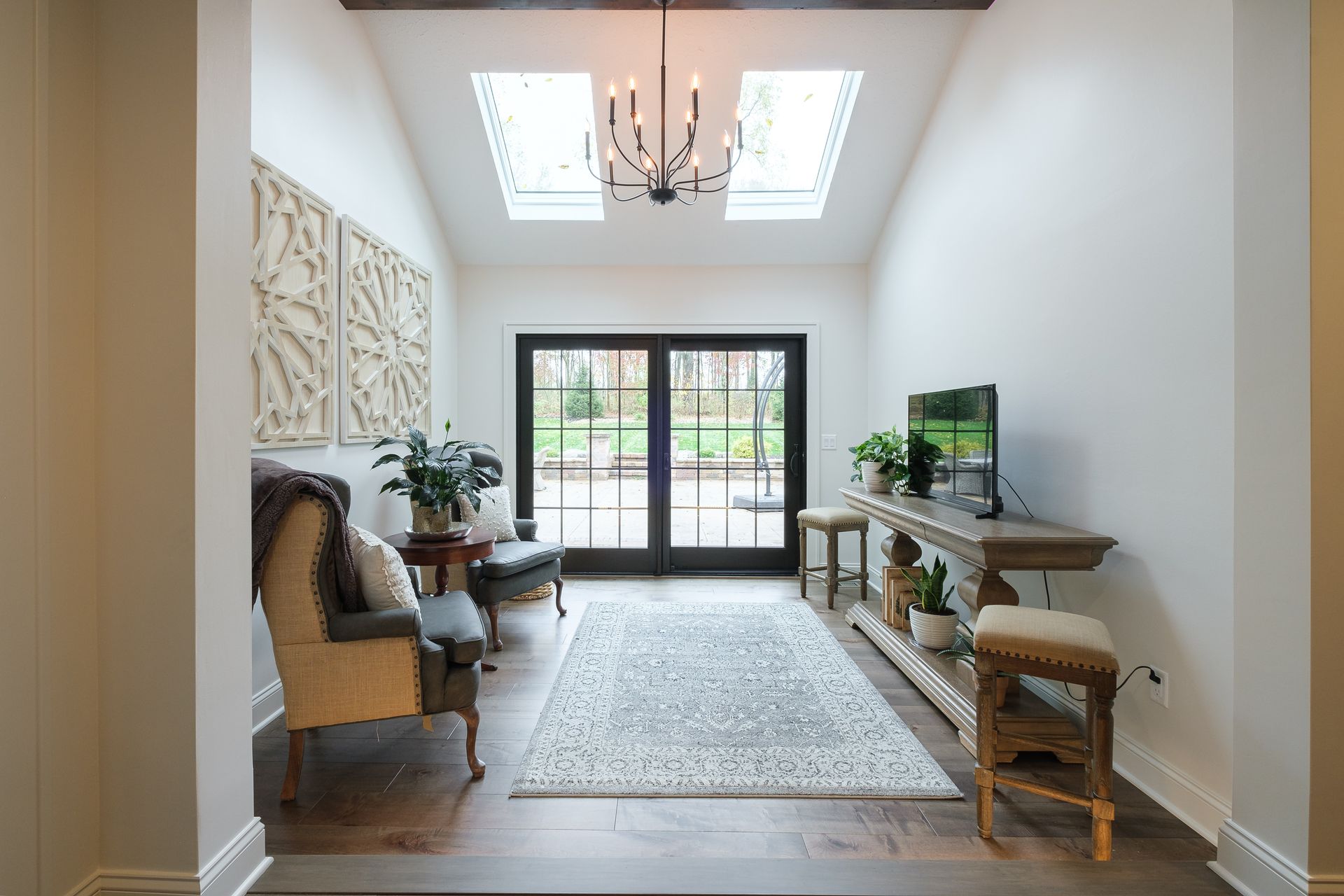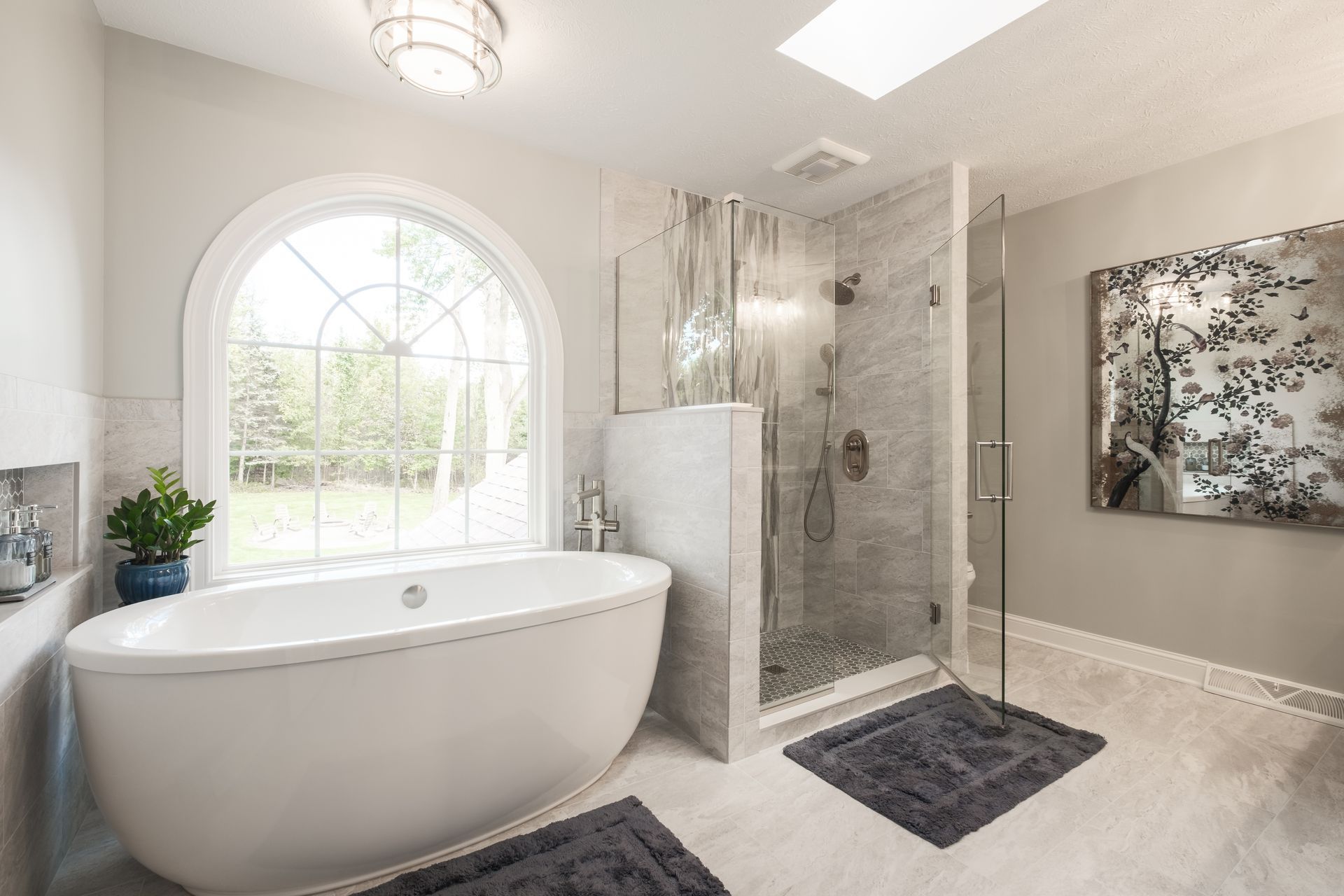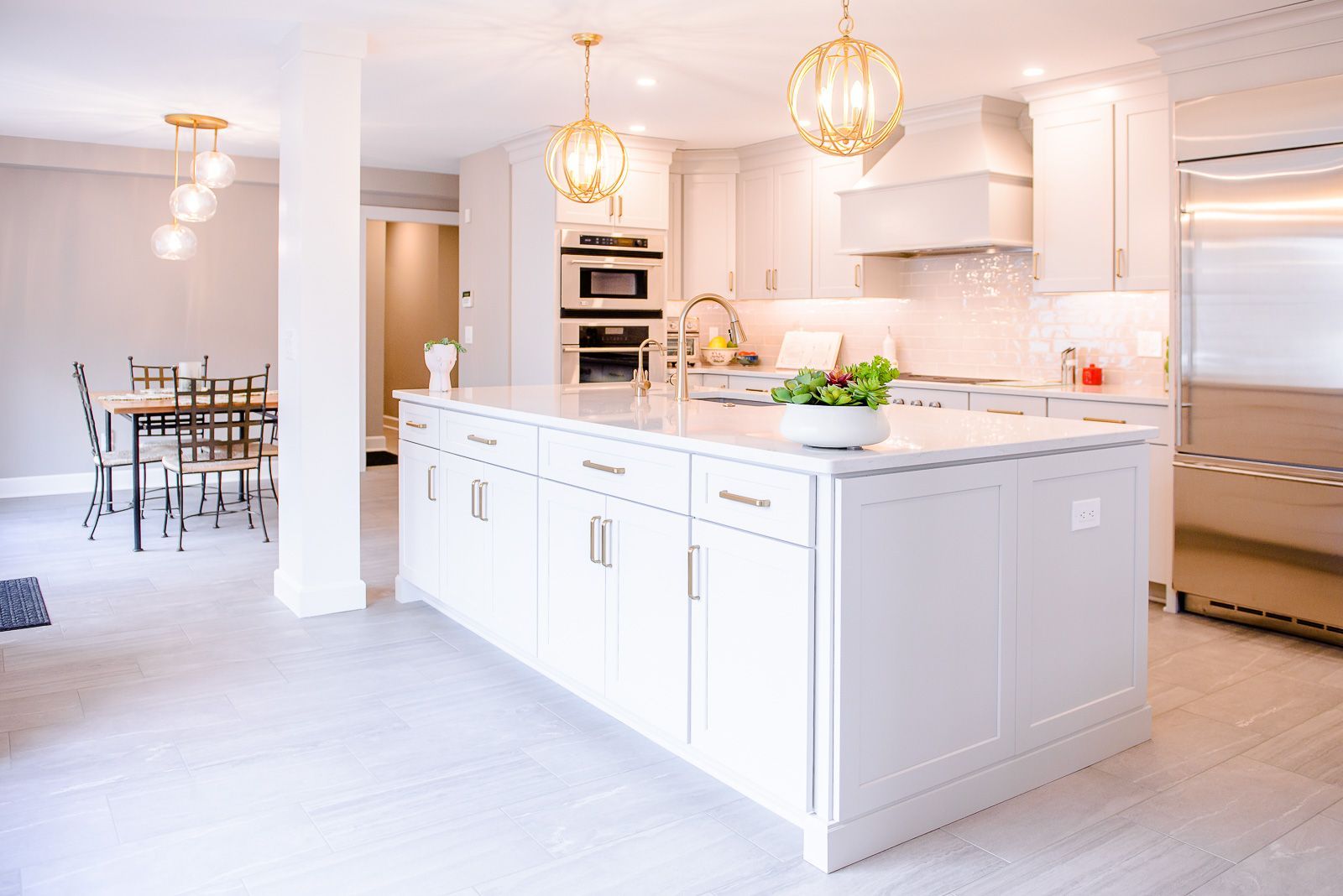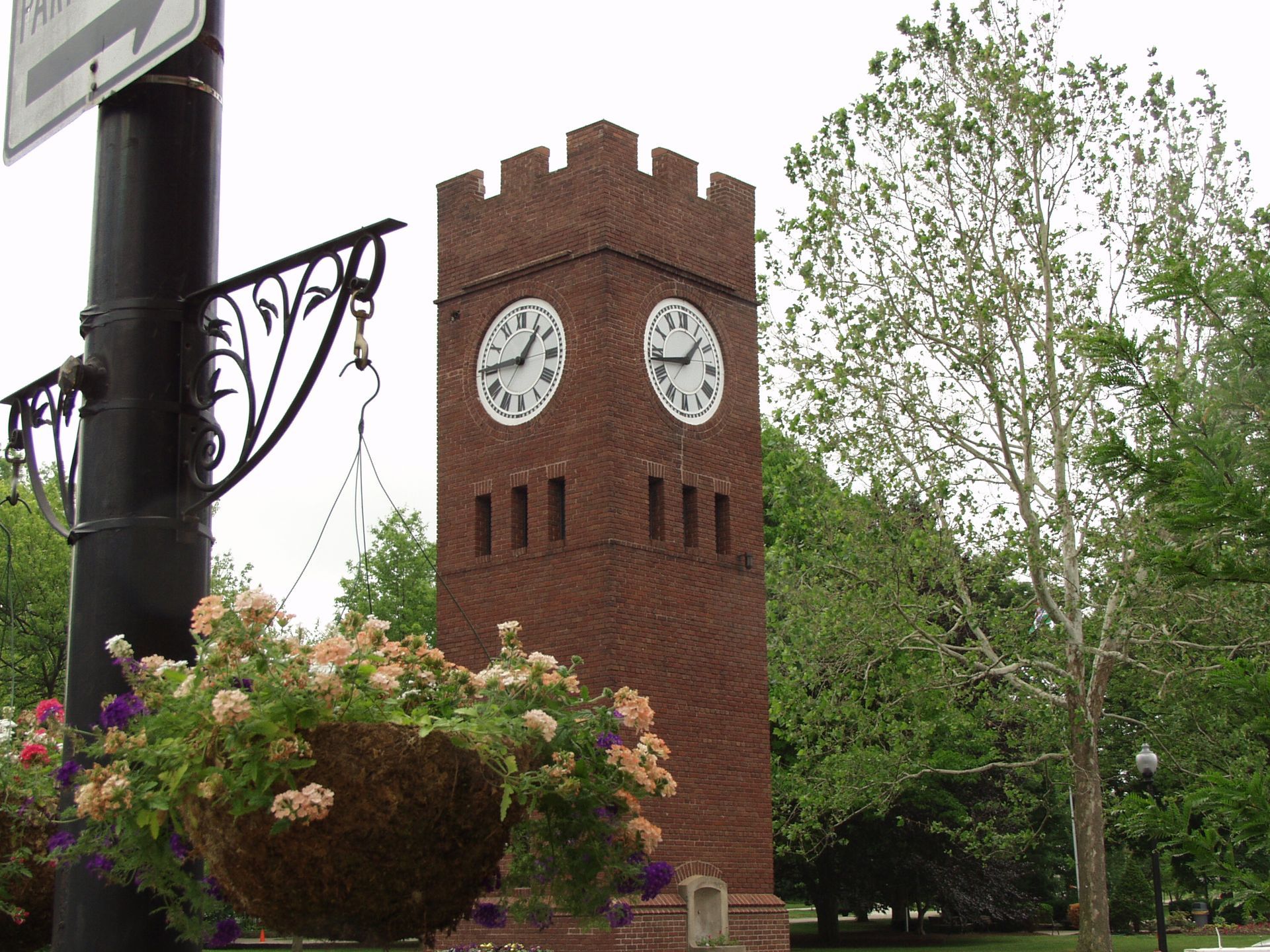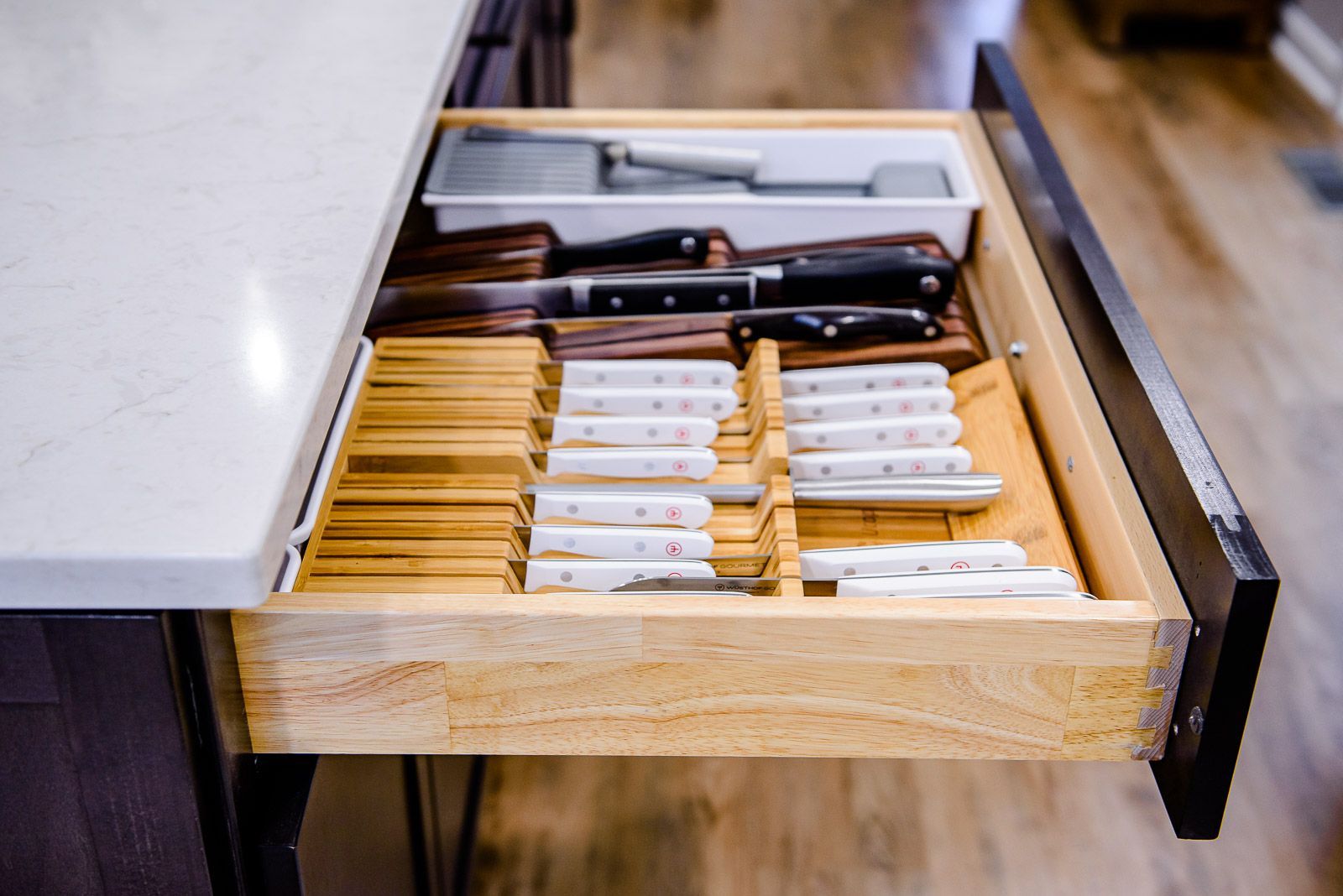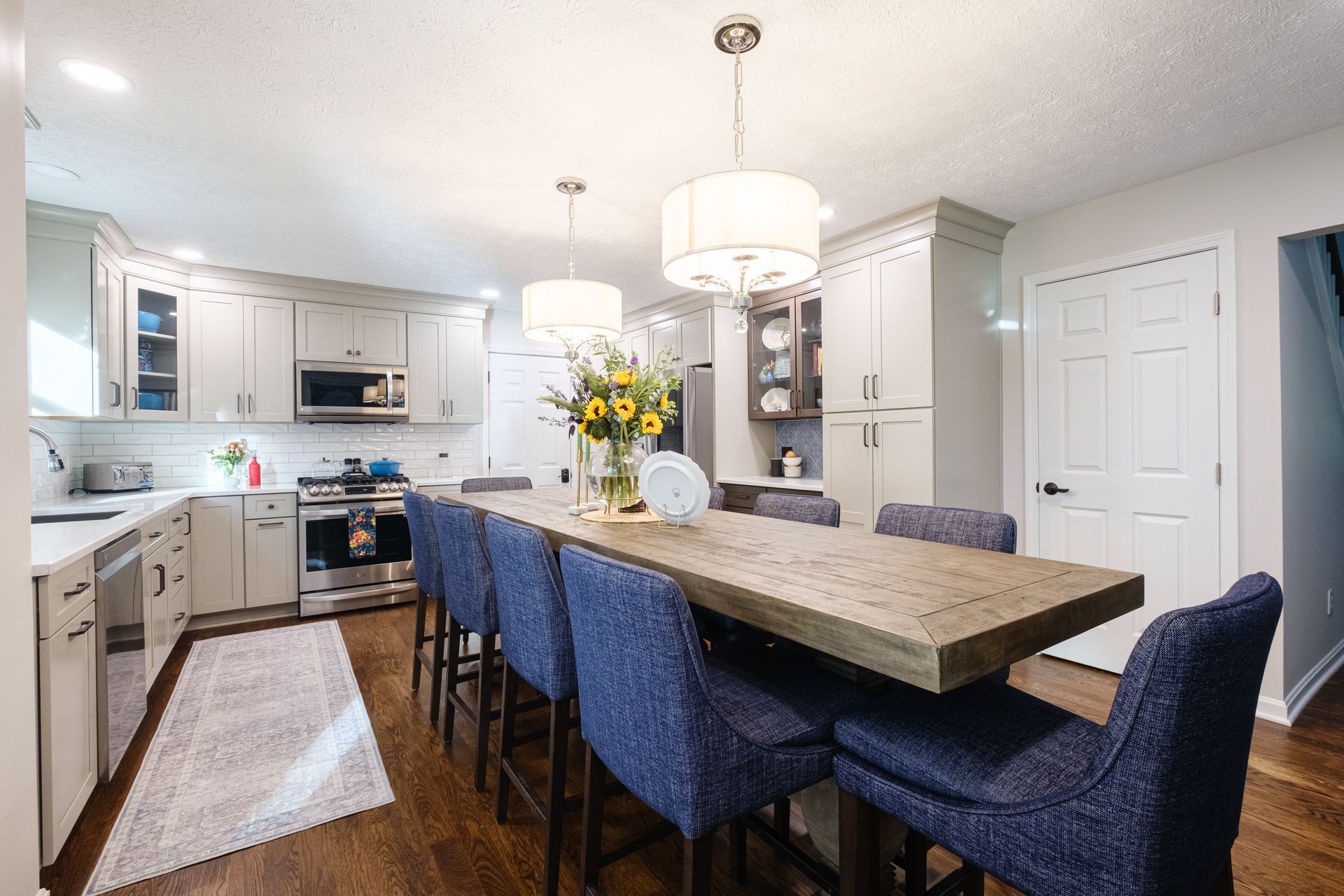How to Choose a Range Hood for your Kitchen Remodel
Selecting the right range hood is an essential part of any kitchen remodel. A range hood not only enhances ventilation by removing smoke, grease, and odors, but it also serves as a focal design element in your kitchen. With numerous styles, sizes, and features available, making the right choice can feel overwhelming. Here’s a guide to help you choose the perfect range hood for your kitchen.
Determine Your Kitchen Layout and Hood Placement
Before selecting a range hood, consider your kitchen layout and where the hood will be installed. The main types of range hoods include:
- Wall-mounted hoods: Installed above a stove against a wall, replacing traditional cabinets.
- Under-cabinet hoods: Mounted beneath kitchen cabinets, offering a compact solution.
- Island hoods: Suspended from the ceiling above an island cooktop.
- Downdraft hoods: Integrated into the cooktop and retract when not in use, ideal for kitchens with space constraints.
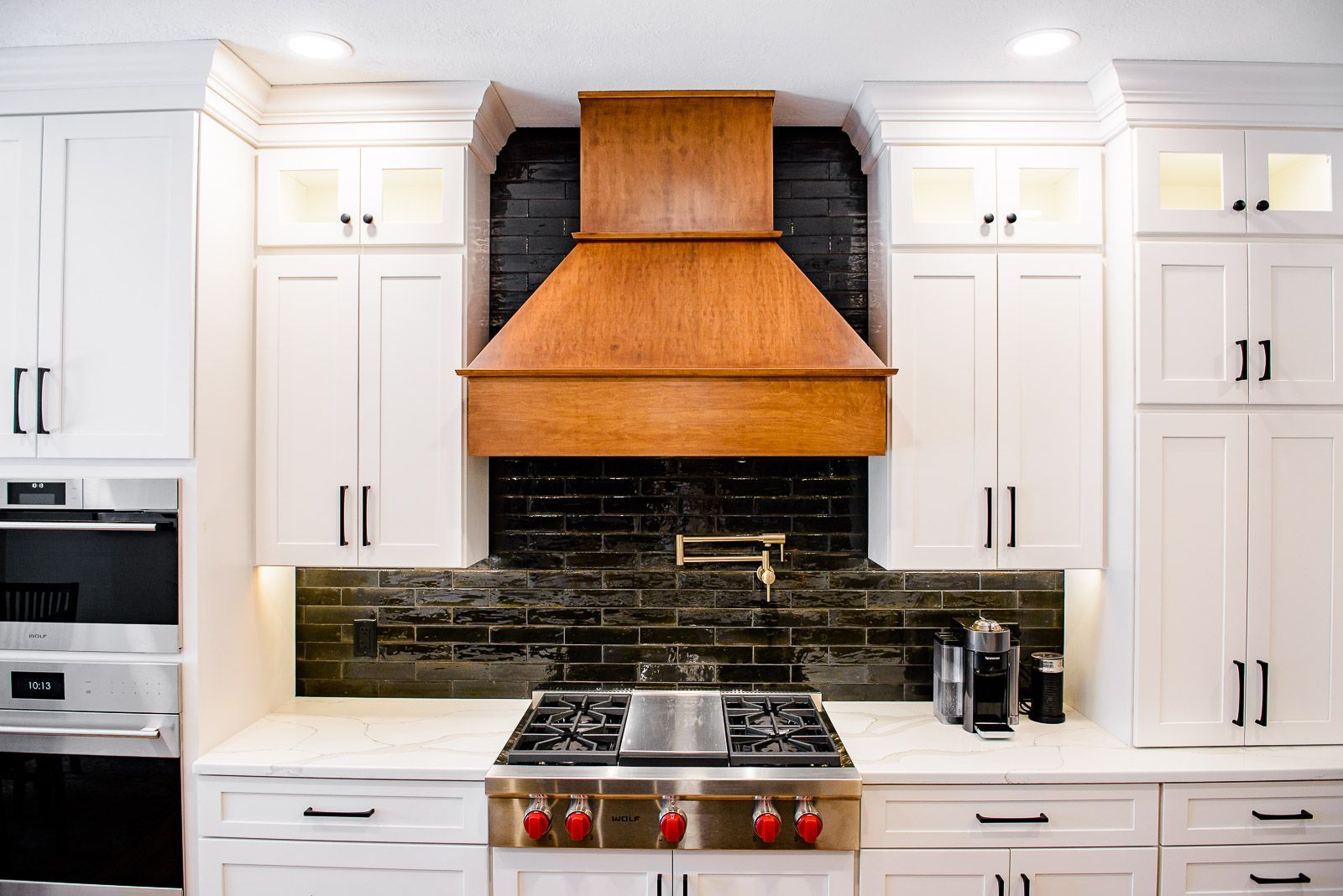

Choose the Right Ventilation Type
- Ducted (vented) hoods: These expel air outside, providing superior ventilation and removing airborne grease and odors effectively.
- Ductless (recirculating) hoods: These use filters to clean the air before recirculating it back into the kitchen. They are suitable for kitchens where external venting isn’t feasible.
A ducted system is generally the best choice for optimal air quality, but a high-quality ductless hood can also be effective with regular filter maintenance.


Consider the Hood’s Size and Power
Your range hood should be properly sized for your cooking area. A good rule of thumb is that the hood should be at least as wide as your cooktop, with 30 to 36 inches being the most common sizes.
The power of a range hood is measured in cubic feet per minute (CFM). Here’s how to determine the right CFM:
- For electric cooktops, a minimum of 100 CFM per 10 inches of cooktop width is recommended.
- For gas ranges, calculate 1 CFM per 100 BTUs of your cooktop’s output.
- Heavy cooking (e.g., frying or grilling) requires higher CFM ratings (600+).
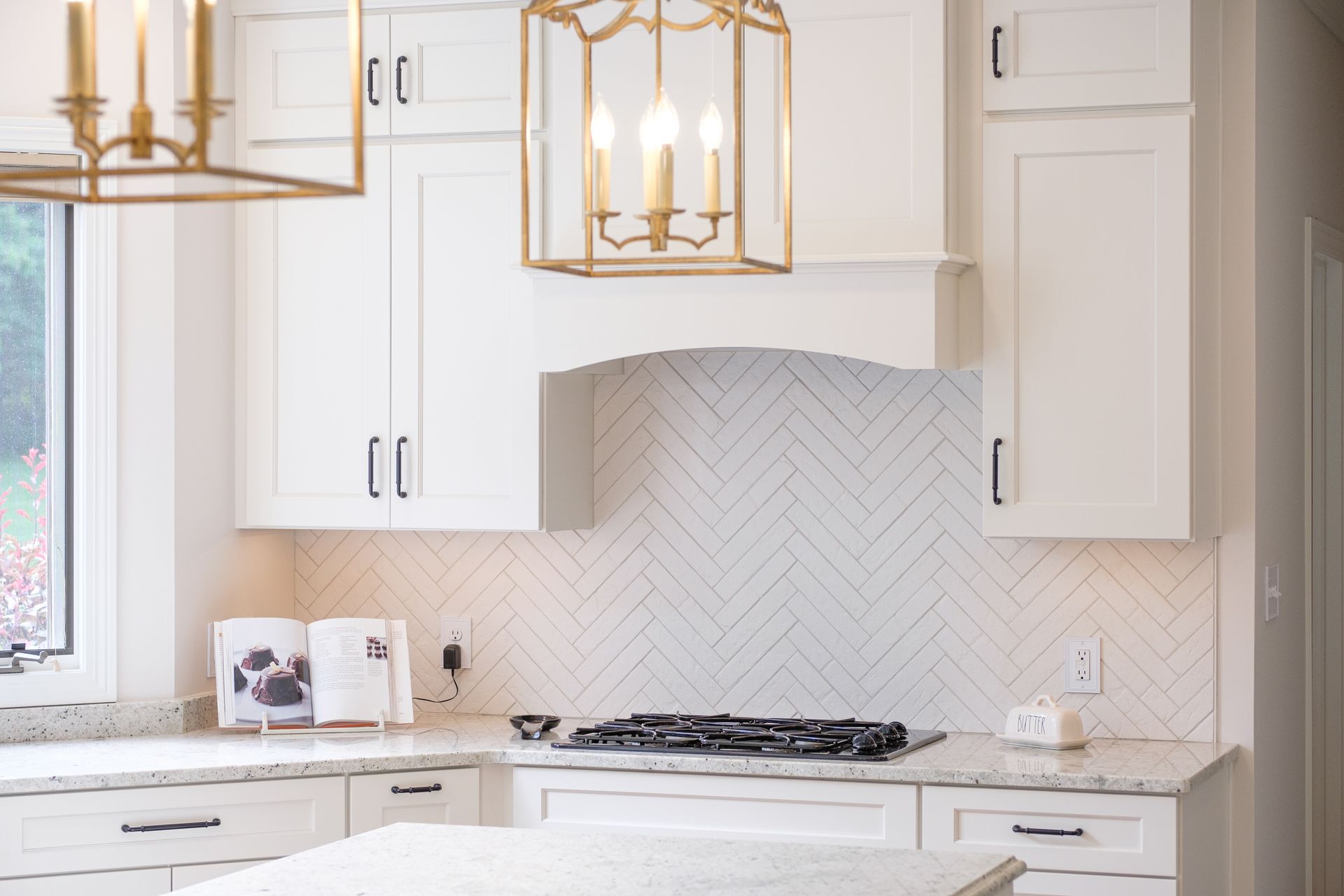
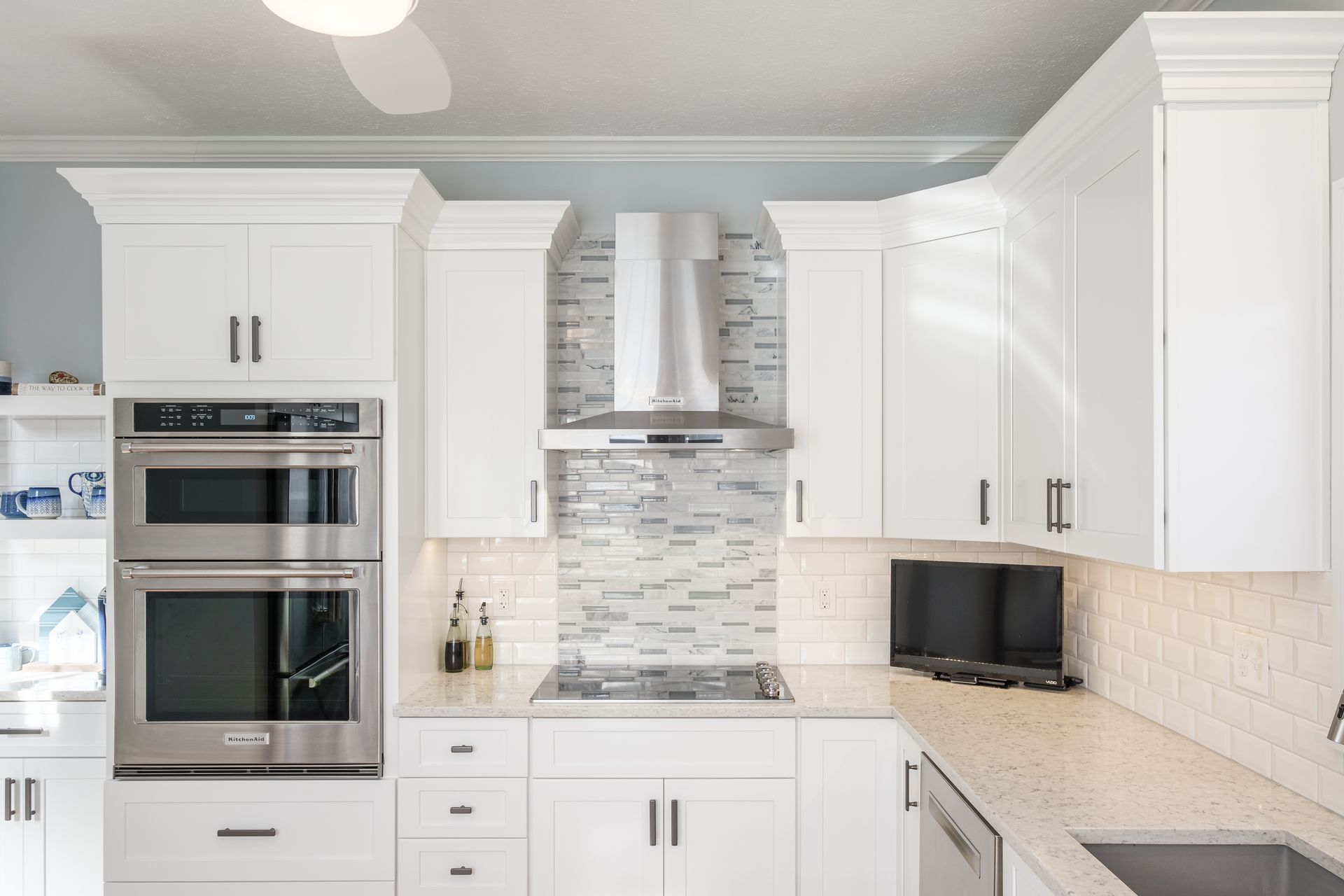
Evaluate Noise Levels
While powerful range hoods improve air quality, they can also be noisy. If noise is a concern, look for hoods with multiple speed settings and low sone ratings (a measurement of noise level). A sone rating of 1 to 3 is considered quiet, while anything above 6 is relatively loud.
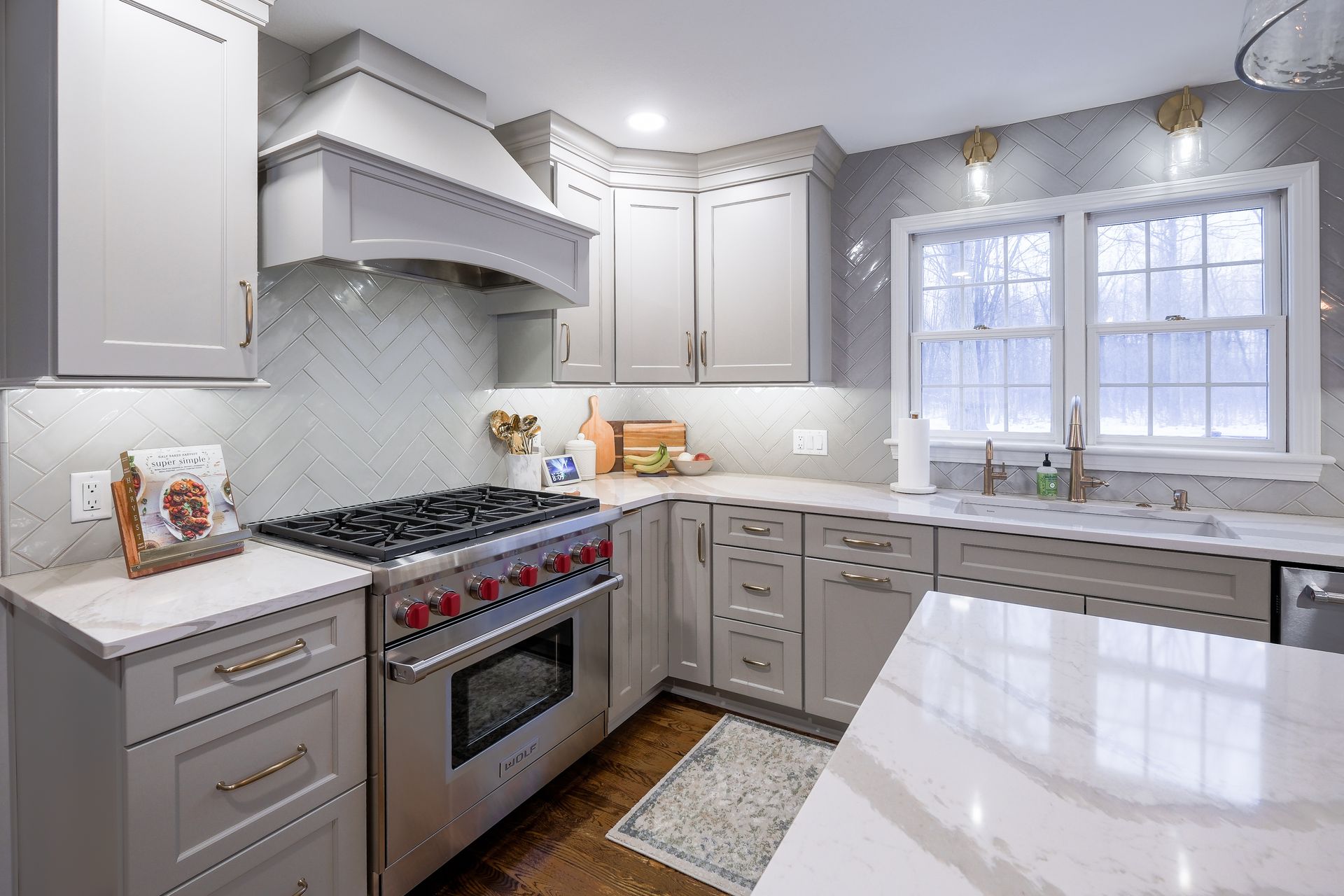
Explore Design and Features
Range hoods come in a variety of styles, from sleek stainless steel to custom wood-paneled designs that blend with cabinetry. Additional features to consider include:
- LED lighting for better cooktop visibility.
- Touch controls for easy operation.
- Auto shut-off functions for efficiency.
- Dishwasher-safe filters for easy maintenance.

Set a Budget
Range hoods come in various price ranges, from budget-friendly models around $200 to high-end designer hoods exceeding $2,000. Determine your budget early and weigh the cost against features and performance.
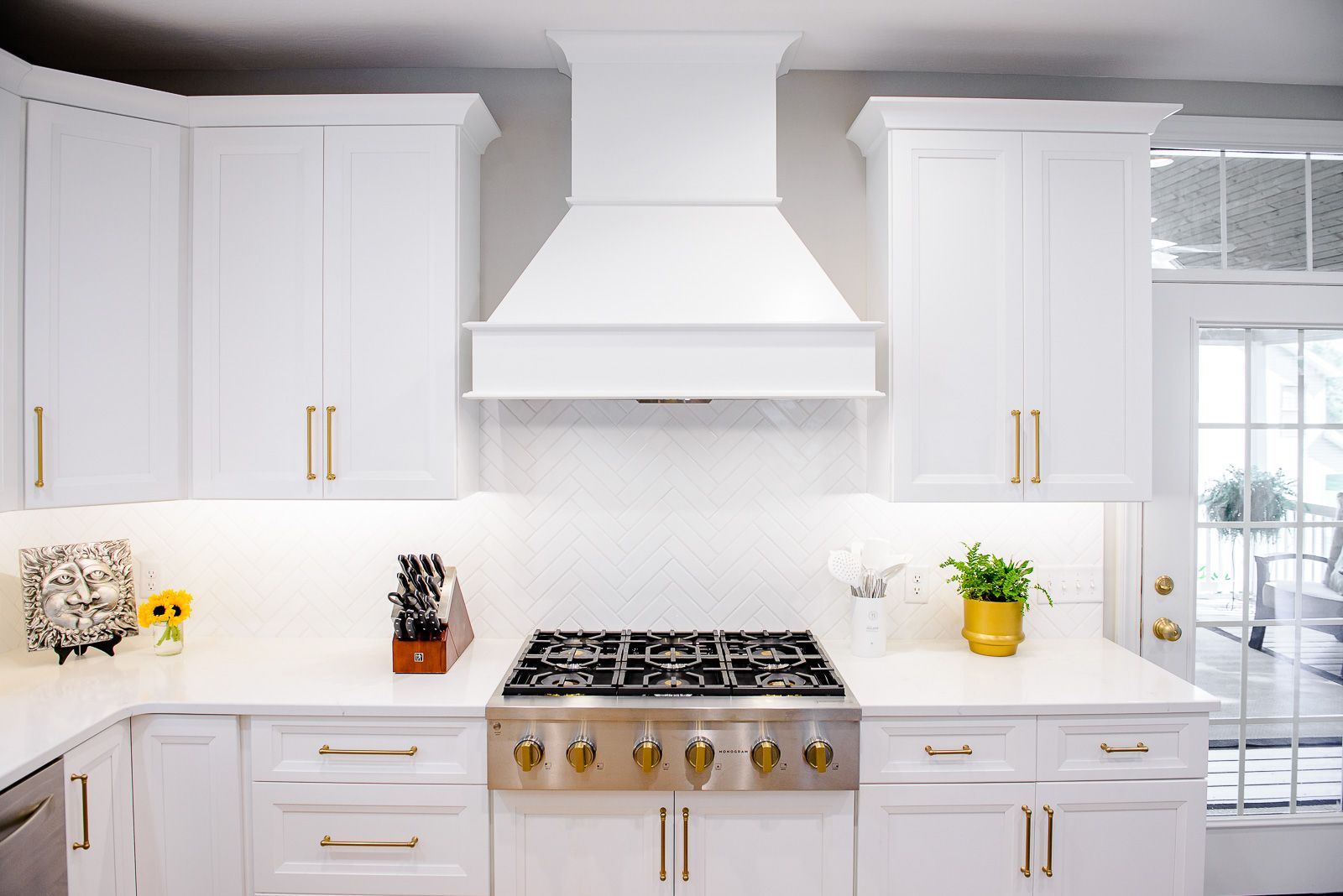
Final Thoughts
Choosing the right range hood is crucial for maintaining a clean and comfortable kitchen environment. By considering your kitchen layout, ventilation needs, size, noise levels, and additional features, you can find a range hood that enhances both functionality and aesthetics. Investing in the right hood ensures better air quality and an enjoyable cooking experience in your remodeled kitchen.
With creativity and resourcefulness, combined with your unique preferences, your range hood can become a stunning focal point in your kitchen. Why settle for function when you can have function with some personality? Reach out to Anthony Slabaugh Remodeling & Design today to start working towards your kitchen goals.
Anthony Slabaugh
President

Anthony Slabaugh
R E M O D E L I N G & D E S I G N
Craftsmen with Integrity
Recent Posts

